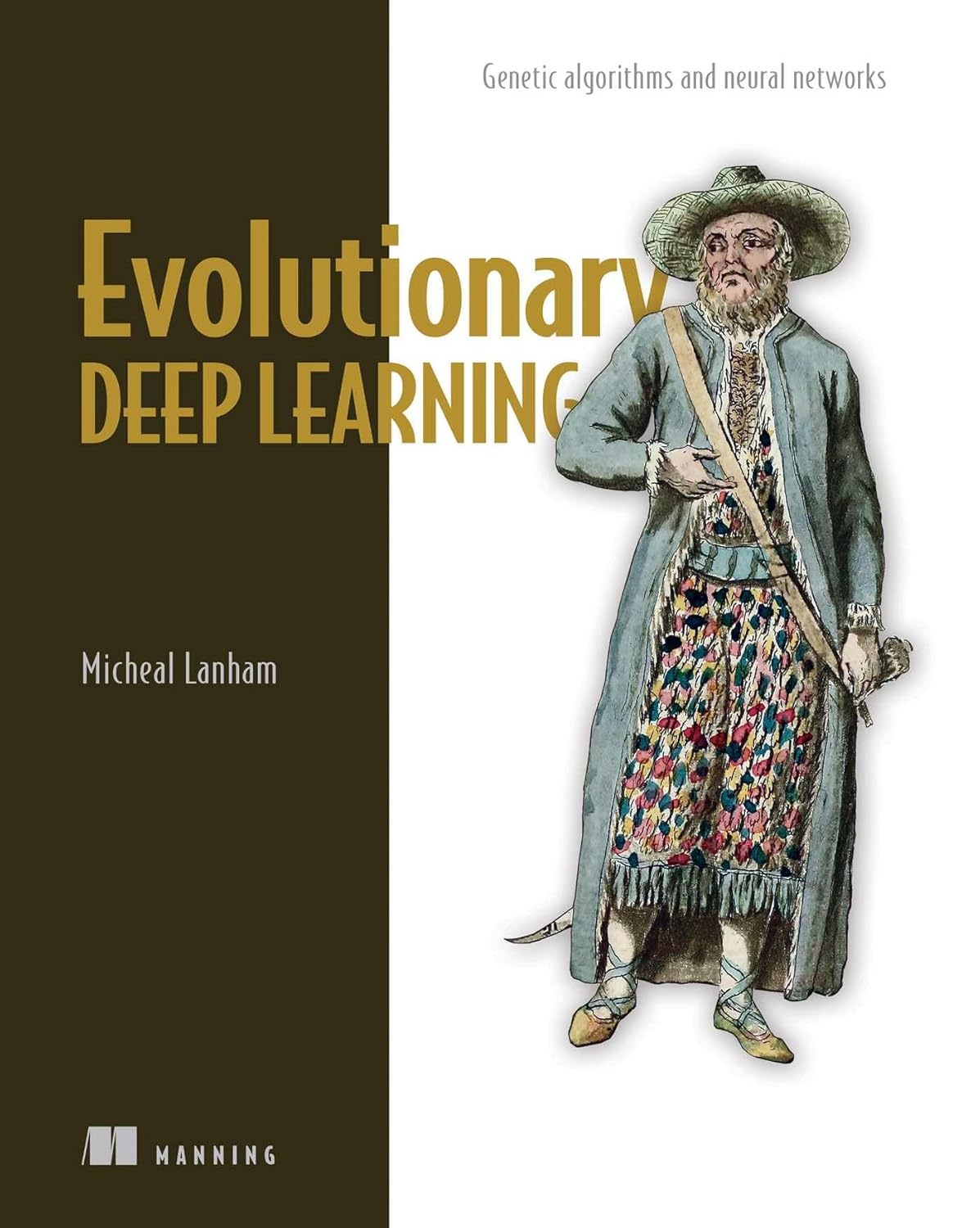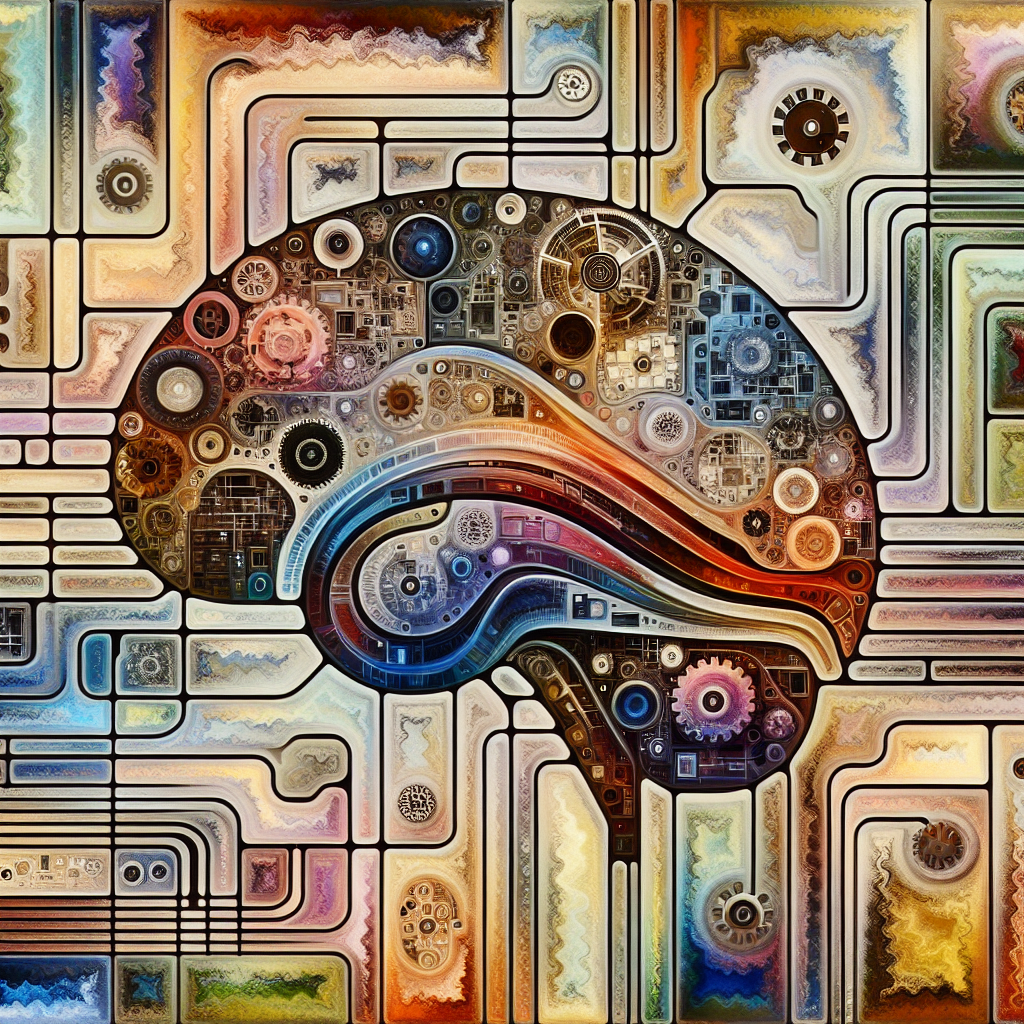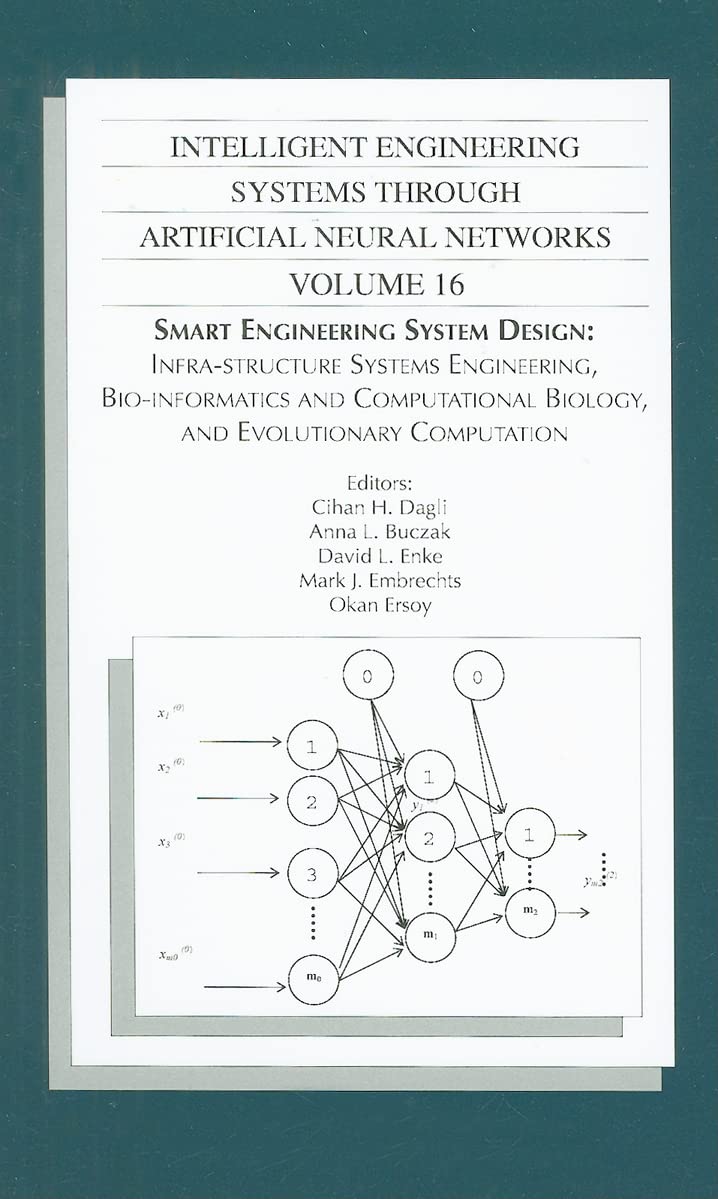Price: $59.99 – $42.36
(as of Dec 16,2024 07:53:08 UTC – Details)
From the Publisher




What do you get when you combine evolutionary algorithms (EA) with deep learning (DL)?
Exciting new ways to improve current applications of machine learning and generative modeling!
In Evolutionary Deep Learning, author and deep learning guru Micheal Lanham explains the basics of EA and DL, how to combine them, and why you should.
In this hands-on guide, explore real applications of regression, classification, generative modeling, and reinforcement learning. Expand your knowledge to new areas in AI and ML, whether you’re an aspiring, novice, or experienced data scientist.
Learning style
Gain understanding of automated machine learning (AutoML) to find better deep learning
Discover alternative machine learning strategies not yet well-known or practiced
Focus on practical ways to optimize deep learning systems
Cover a wide range of methods used in DL, from generative to reinforcement learning
Reveal the pitfalls of deep learning and how to avoid—or overcome!—them
Tackle hands-on projects featuring advanced DL applications, hyperparameters, NEAT networks and more
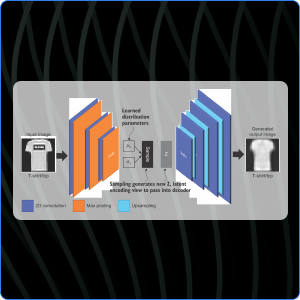

Key Lessons
A toolbelt for robust DL systems. In Chapter 1, get an introduction to evolutionary deep learning, a set of tools that help automate the development of effective, robust DL systems.
Take a DEAP dive! In Chapter 3, tackle larger, more complex genetic algorithms using DEAP, an evolutionary computation (EC) toolkit that makes coding easier!
The Importance of good genes… In Chapter 7, go hands-on to encode the network architecture of a CNN model into genes as you delve into this and other essentials for improving your network architecture.
Notorious GANs! In Chapter 9, explore the fundamentals of GANs and discover how to optimize the process of training these notoriously difficult-to-train models.
Take a step back… In Chapter 12, set aside deep learning for the moment, and take a step forward into new opportunities as we apply evolutionary solutions to other forms of machine learning.
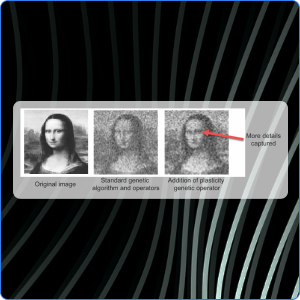

Setting it Apart
Evolutionary Deep Learning introduces the next wave of AI, showcasing ways to improve everything from hyperparameters and network architecture to generative deep learning and deep reinforcement learning.
This hands-on guide covers a wide range of DL methods, guiding you through practical projects that focus on optimizing DL solutions.
Take hold of the power of evolutionary deep learning, and build DL systems that react quickly to changing business requirements in an efficient (ideally automated) way.
Editorial : Manning (18 Julio 2023)
Idioma : Inglés
Tapa blanda : 360 páginas
ISBN-10 : 1617299529
ISBN-13 : 978-1617299520
Dimensiones : 7.38 x 0.9 x 9.25 pulgadas
Evolutionary Deep Learning: Genetic algorithms and neural networks
In the world of artificial intelligence and machine learning, evolutionary deep learning is a cutting-edge approach that combines genetic algorithms with neural networks to create more efficient and effective algorithms.
Genetic algorithms are inspired by the process of natural selection and evolution, where a population of candidate solutions evolves over time to find the optimal solution to a problem. These algorithms work by evaluating the fitness of each individual in the population, selecting the fittest individuals for reproduction, and then applying genetic operators such as mutation and crossover to create new offspring.
Neural networks, on the other hand, are a type of artificial intelligence that is inspired by the way the human brain works. These networks consist of interconnected nodes, or neurons, that process and transmit information through a series of layers. By adjusting the weights of the connections between nodes, neural networks can learn to perform complex tasks such as image recognition, natural language processing, and more.
When genetic algorithms are combined with neural networks, the result is a powerful algorithm that can evolve and adapt to changing environments and tasks. By using genetic algorithms to optimize the structure and weights of a neural network, researchers are able to create more efficient and accurate models that can outperform traditional machine learning algorithms.
Evolutionary deep learning has been used in a variety of applications, including image and speech recognition, autonomous vehicles, and even game playing. As researchers continue to explore the potential of this approach, we can expect to see even more breakthroughs in artificial intelligence and machine learning in the future.
#Evolutionary #Deep #Learning #Genetic #algorithms #neural #networks
